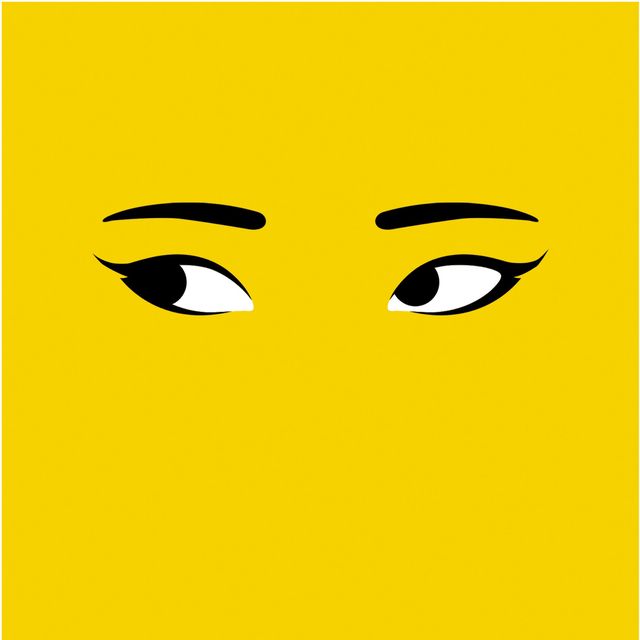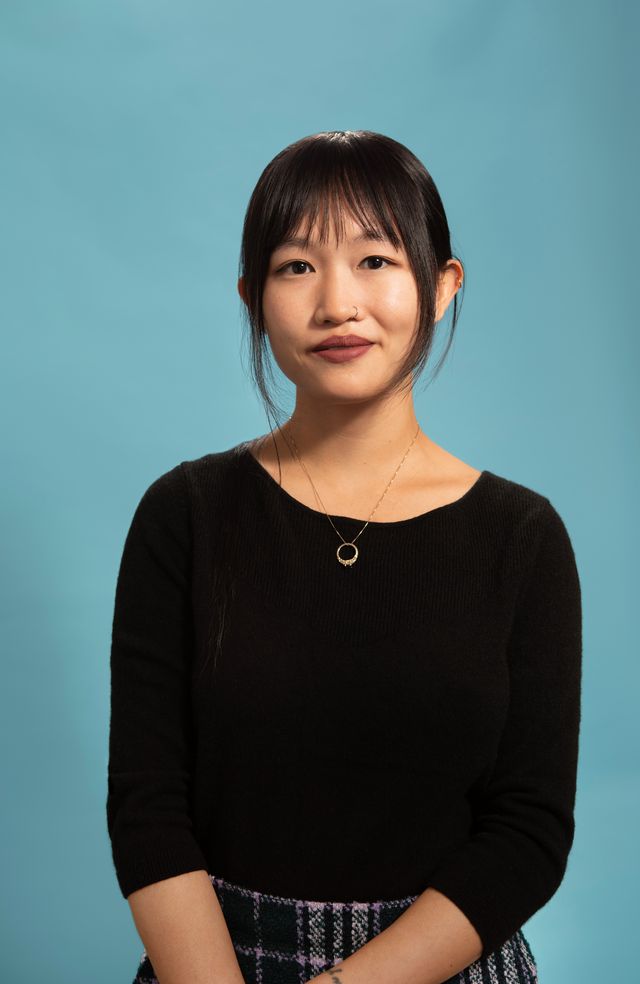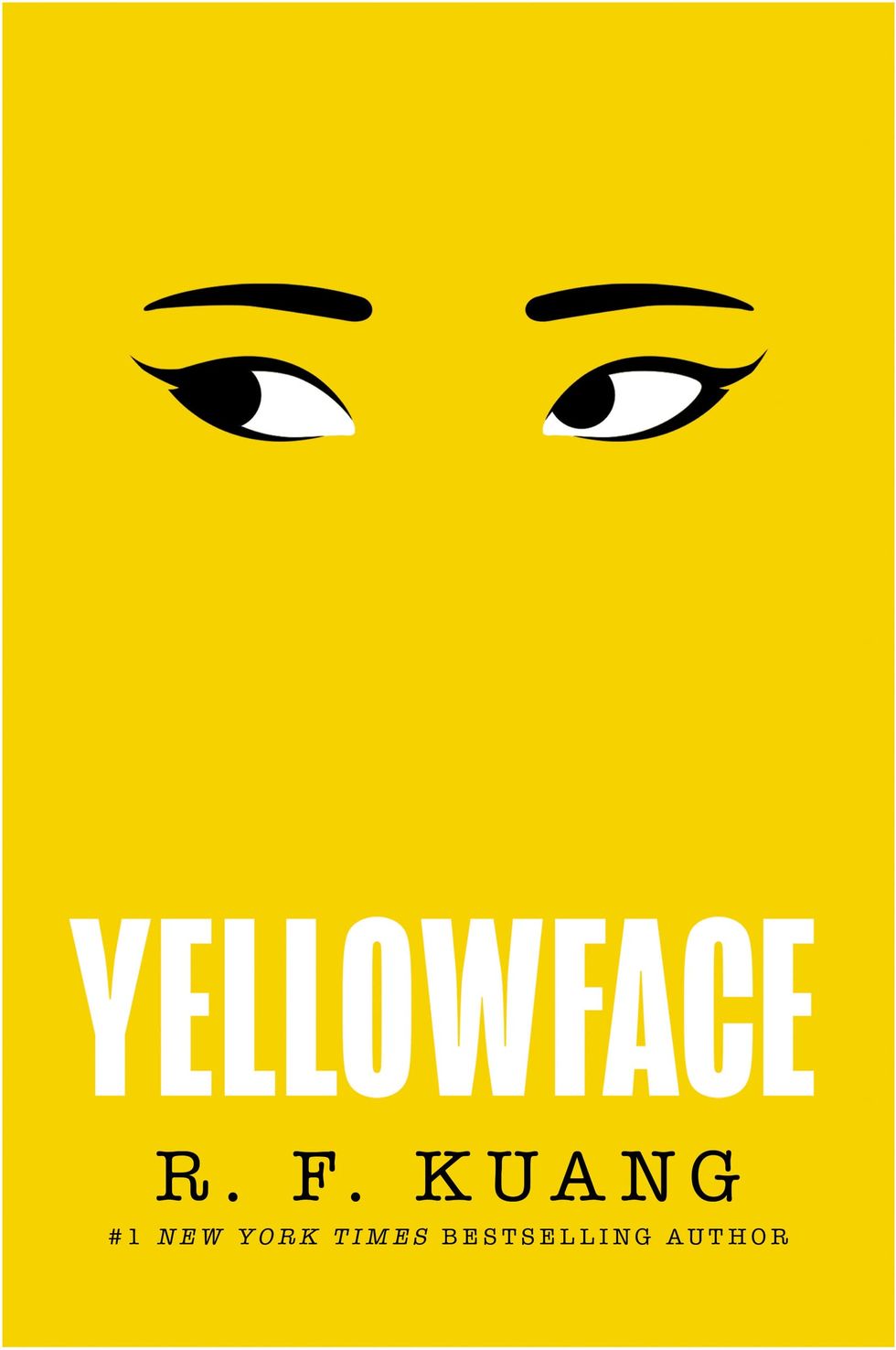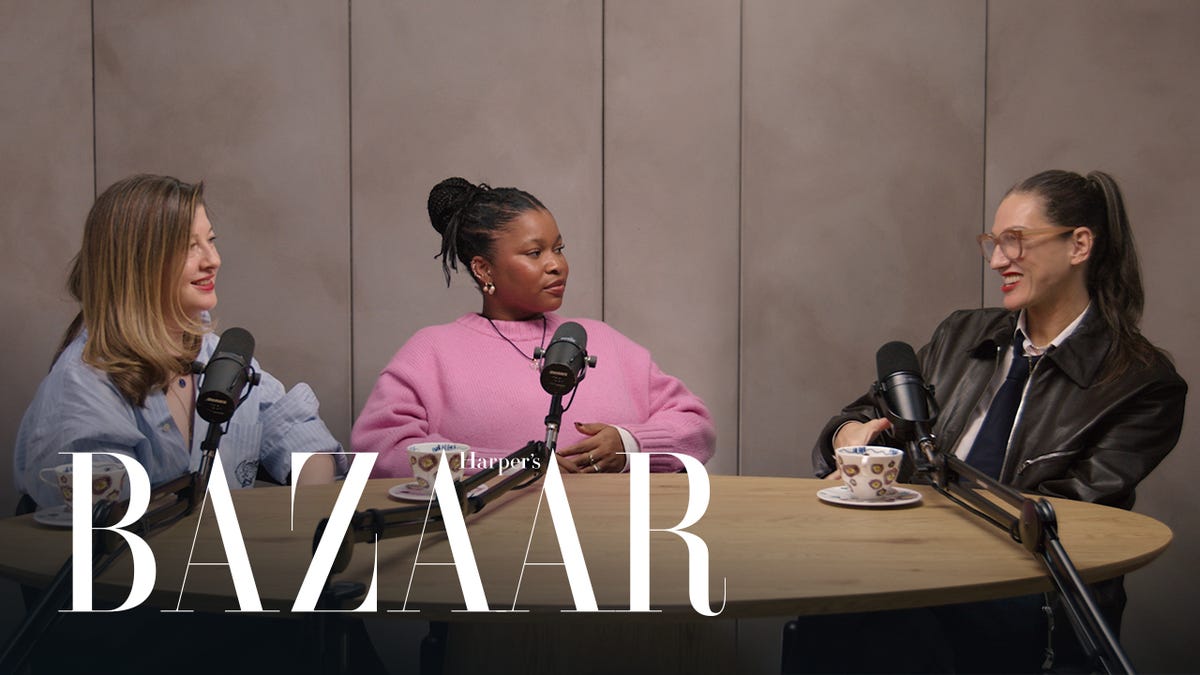Every time I start a new project, I do what I call “vocal training”—reading as widely as I can in a new genre to soak in its tropes, its aesthetics, and the rhythm and flow of its sentences. So when I started drafting Yellowface, it seemed natural to sit a while with novels like Gillian Flynn’s Gone Girl and Paula Hawkins’s The Girl on the Train—that is, thrillers where women act badly with bloody consequences.
Now there’s this particular female voice I find everywhere in this genre. She’s quippy, she’s condescending, and she’s remarkably mean. She almost always speaks in the present tense, and she is very descriptive. She has such an eye for the minute details of people’s lives and what they imply. She wants you to see the lukewarm tray of carrots and broccoli at a house party. The chips in the dinnerware. She’s always noticing when people’s clothes don’t fit right, when the hostess has lipstick stains on her teeth.
She does a lot of people-watching. Specifically, she does quite a lot of judging other women. Poor Anna—she might have been interesting once, but then she had a baby. Poor Andy, the airheaded college student who’s having an affair with my husband. Poor Noelle, who’s constantly pregnant, who can’t keep her pee inside her bladder.
The men in these stories are always an afterthought, described in vague, broad categories: handsome, ugly, boring, interesting. Safe. Dangerous. It’s the women who are scrutinized in full, all their flaws, real and speculative, laid out deliciously before us like a buffet of schadenfreude. And our nasty narrator doesn’t just observe. She also does a lot of speculating, imagining the lives of her rivals. She imagines their Pilates regimens, their juice cleanses, their sugar-free yogurts, and their nights out with friends. How happy they must be, how skinny, how bright their laughter as they canoodle with the men they have stolen.
Often these daydreams turn violent. The main character of The Girl on the Train informs us: “I grab her from behind, I wind my hand into her long blonde hair, I jerk her head backwards, I pull her to the floor and I smash her head against the cool blue tiles.”
Now you might succumb to a misogynistic reading of these texts. Is this the only way women can be three-dimensional? Women are hysterical, they hate each other, they starve themselves to keep skinny, they are irrational and unpredictable. And the bloody twists of all these thrillers might serve to confirm our worst hypotheses about women: that we’re in constant competition with one another for male attention, and we’re willing to bludgeon each other to death in a battle for dominance. Though this would be a very sad thing to conclude about female sociality—that we are only able to be intimate with one another, that we can only express our attraction to one another, through violent fantasies of clawing and biting each other apart. That we’re just petty, immature girls.
But what else is going on here? Here I think it’s helpful to turn to Sianne Ngai’s Ugly Feelings. Ngai thinks about the effects of certain ugly emotions in film and literature—envy, anxiety, paranoia, and irritation—which we certainly see crop up in psychological thrillers all the time. These are not the higher passions or noble emotions of the Greek epics or of Shakespeare—they don’t offer any kind of great moral resolution or emotional catharsis. They are more ethically and politically ambiguous. And they often leave us feeling more frustrated and conflicted than we do when we read something like, say, the Iliad.
I particularly like the way Ngai writes about envy. Ngai, like me, is curious about how envy always gets portrayed as the emotion of ugly women. You’re not supposed to be envious. If you are, your skin turns green and you’re automatically the bad guy. Ngai argues: “Moralized and uglified to such an extent that it becomes shameful to the subject who experiences it, envy also becomes stripped of its potential critical agency—as an ability to recognize, and antagonistically respond to, potentially real and institutionalized forms of inequality” (Ngai, 129).
Let’s examine what sorts of critical agency envy facilitates, then. I suggest that this genre, with its singularly nasty spokeswoman, satisfies because the narrator’s envy is directed not toward other women themselves, but toward the scripts they must fulfill. Perhaps all that fury and dripping condescension is directed toward all the acts that women have to perform, the unbelievable hoops we have to jump through to be taken seriously.
And maybe our narrator is not laughing at the woman with a perfect life, but at the woman who tries. She sees through everyone and despises everyone—not because she wishes she were them, but because she’s tired of playing the game. And perhaps indulging in that scathing narrative voice is akin to kicking off heels that are destroying your ankles or ripping your shapewear to shreds so you can breathe. She just wants to be free of all that bullshit. Don’t we all.















